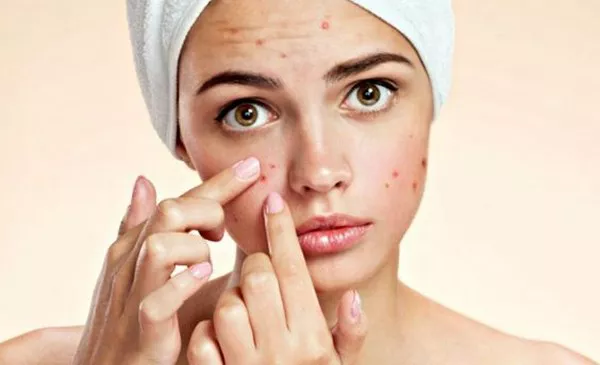Understanding Keloids and Their Causes
Keloids are raised, thickened scars that form at the site of skin injury. Unlike regular scars, keloids extend beyond the boundaries of the original wound and can grow larger over time. While the exact cause is not fully understood, a combination of genetic factors, excessive collagen production, and inflammation are thought to contribute to their development.
Seeking Professional Medical Advice
It is crucial to consult a dermatologist or plastic surgeon for an accurate diagnosis and personalized treatment plan. They will assess the severity of your keloids, review your medical history, and consider various factors before recommending the most suitable course of action.
Non-Surgical Treatment Options
Corticosteroid Injections
Corticosteroids, such as triamcinolone acetonide, are commonly used to flatten and reduce the size of keloids. These injections help suppress inflammation and discourage collagen production. Multiple sessions may be required for optimal results.
Silicone Gel or Sheets
Silicone gel or sheets can be applied directly to the keloid to soften and flatten its appearance. These products create a protective barrier and exert pressure on the scar, minimizing its growth. Regular use over several months can yield positive outcomes.
Cryotherapy
Cryotherapy involves freezing the keloid using liquid nitrogen. This method helps shrink the scar tissue and alleviate symptoms. Several cryotherapy sessions might be needed, and it may cause temporary skin discoloration.
Compression Therapy
Compression therapy involves applying pressure to the keloid using specialized dressings or garments. This technique helps flatten the scar and reduce itchiness. It should be used consistently for several months to achieve significant results.
Surgical Options
Excision
Surgical excision involves removing the keloid entirely. The procedure is typically performed under local anesthesia. However, excision alone may lead to the formation of new keloids in some individuals. Therefore, additional treatments are often combined with excision for better outcomes.
Radiation Therapy
Radiation therapy is sometimes used after surgical excision to reduce the chances of keloid recurrence. It works by damaging the cells responsible for excessive collagen production. This method is reserved for severe cases due to potential side effects and long-term risks.
Advanced Treatment Methods
Laser Therapy
Laser therapy utilizes high-energy light beams to target and reduce the size of keloids. The laser helps remodel the scar tissue, leading to a flatter and less noticeable appearance. Multiple sessions might be necessary, and this treatment option is best suited for smaller keloids.
Interferon Injections
Interferons stimulate the immune system and help control abnormal cell growth. Injections of interferon-alpha can be administered directly into the keloid to encourage regression. This approach is relatively new and requires further research for conclusive evidence of its effectiveness.
Adjuvant Therapies
Steroid-impregnated Tape
Steroid-impregnated tape is an emerging treatment modality that combines the benefits of corticosteroids and compression therapy. The tape is applied directly to the keloid, providing continuous medication delivery and compression. Early studies show promising results, though further investigation is needed.
Botulinum Toxin Injections
Botulinum toxin injections have shown promise in reducing the size and discomfort associated with keloids. The mechanism involves relaxing the surrounding muscles and decreasing tension on the scar. However, more research is required to establish its efficacy and optimal dosage.
Post-Treatment Care and Prevention Strategies
Regardless of the treatment method chosen, it is vital to follow the dermatologist’s instructions for post-treatment care. This may include regular wound cleaning, application of prescribed ointments, and avoiding activities that could aggravate the keloid. Preventive measures such as sun protection and early intervention for new wounds can help minimize keloid formation.
Conclusion:
While keloids can be challenging to treat, various professional strategies exist to manage their appearance and symptoms. A multidisciplinary approach involving medical professionals, including dermatologists and plastic surgeons, can help tailor a treatment plan specific to each individual’s needs. By combining different modalities and adhering to post-treatment care guidelines, individuals with keloids can achieve significant improvements in the appearance and discomfort associated with these scars.


